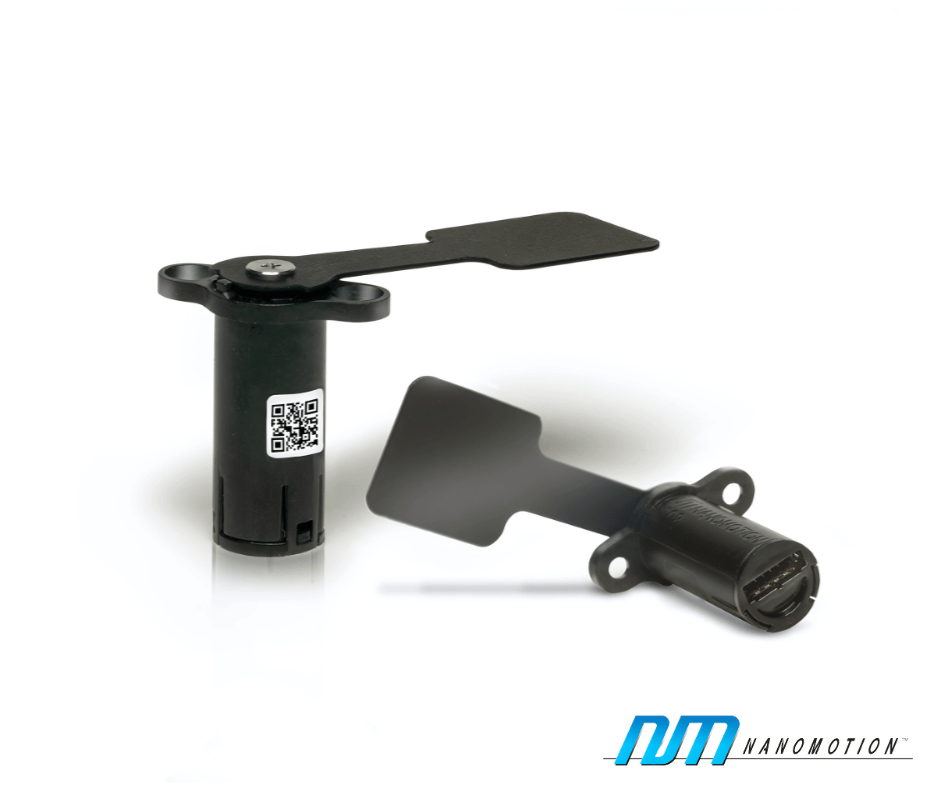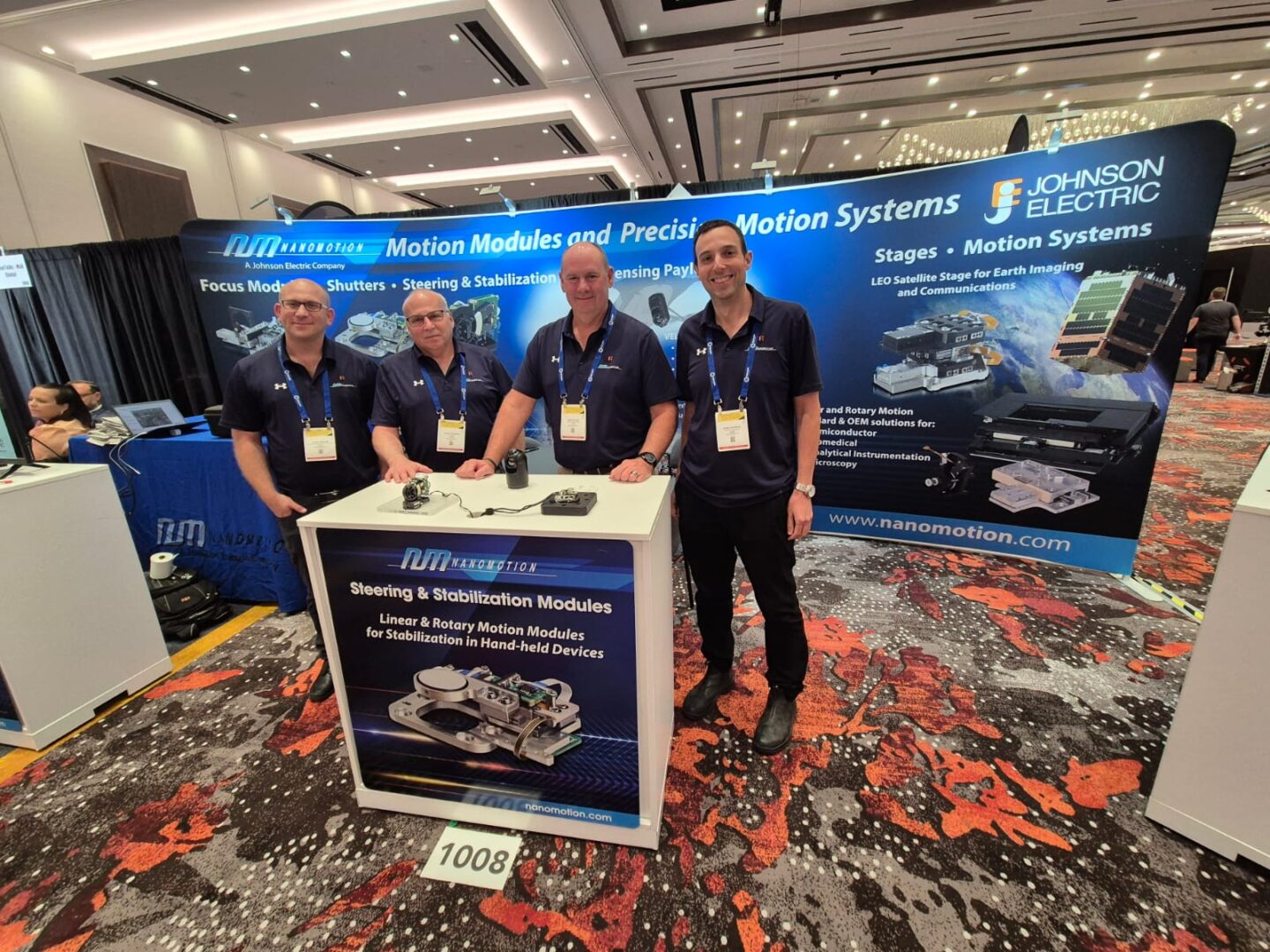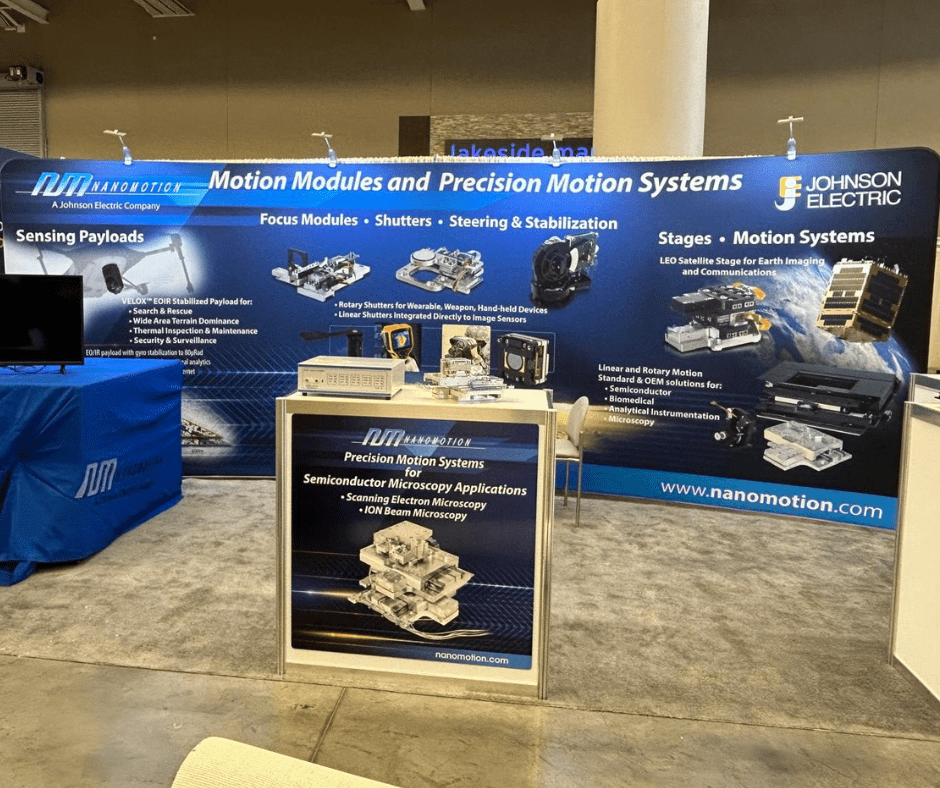Industry Application
Low Earth Orbiting (LEO) Satellites orbit around the Earth at an altitude ranging between 160km and 2000km. The proximity to Earth has not only made LEO satellites more cost effective to launch, but has also improved the ability to see the Earth more clearly.
LEO Satellites are often categorized as NanoSatellites and MicroSatellites, where they range in size up to 10kg and 100kg respectively. These satellites are used for a wide range of commercial applications, in addition to traditional military and security use. LEO satellites are used extensively for civilian imaging and communications, with the ability to serve a wide range of markets such as:
- Agriculture
- Border and Port Security
- Natural Resource and Infrastructure Monitoring
- Communication to serve remote regions
There are approximately 1200 to 1300 active satellites today. Of this: >500 belong to the USA >135 belong to Russia >115 belong to China
Approximately 1/3 of the USA satellites are intended for military use. The balance are used for a wide range of commercial applications in communications, GPS, and imaging. The International Space Station (ISS) orbits the Earth at approximately 400km, considered in the LEO range.

LEO Satellites are often deployed as constellation to increase the coverage area. As these satellites are moving at a high speed and cover a smaller area due to their proximity to Earth, multiple satellites working together, may be used to either cover more area or provide continues coverage.
Space Rated Piezo Motion Systems
Satellites used for imaging / remote sensing and communications all have a variety of motion requirements to move sensors, optics, antennas and other devices. Motion systems operating on LEO satellites face a variety of challenges related to:
- Shock & Vibration at Launch
- Environmental Conditions of Temperature, Vacuum, Radiation
- Operational Life Time as these products are not serviceable
Nanomotion has dedicated significant resources to the design and manufacture of motors and motion systems that are suitable to operation on LEO Satellites. While our ultrasonic piezo motors and stages have a long history of high performance operation in vacuum, Nanomotion has designed and tested its motion platforms to be capable of achieving high performance motion in space.
Surviving launch conditions with a shock spectrum ranging up to 1000g at 10kHz and non-operational temperatures from -30°C to 50°C, for both the motion system and the control electronics is just the start. Operational life of the motion system must last between 3 to 5 years, without failure, functioning at the vacuum and radiation levels present in a low Earth orbit.
Motors & Motion Systems for Space Applications
Initial space efforts date back to 2004, utilizing Nanomotion’s HR8-U motor on a Fourier Transform Spectrometer (FTIR). This device was designed to search for trace gasses in the planetary atmosphere. The mechanism needed to move a 125g corner cube over 100mm travel at a constant velocity of 30mm/sec, with less than 1% velocity error. Operational life needed to span over one million cycles.

Vacuum motors capable of working in Low Earth Orbit radiation levels.

Small (3) axis system provides precise motion, capable of high speed scanning or point-to-point positioning on a MicroSatellite.

Nanomotion has developed a variety of techniques designed to optimize motion performance and extend the operational life to meet the LEO space requirements. For more information contact Nanomotion by email, phone (800) 821-6266, and also online.
About
Utilizing proprietary technology, Nanomotion designs and manufactures complete motion solutions from start to finish.
Motion Solutions By Industry





